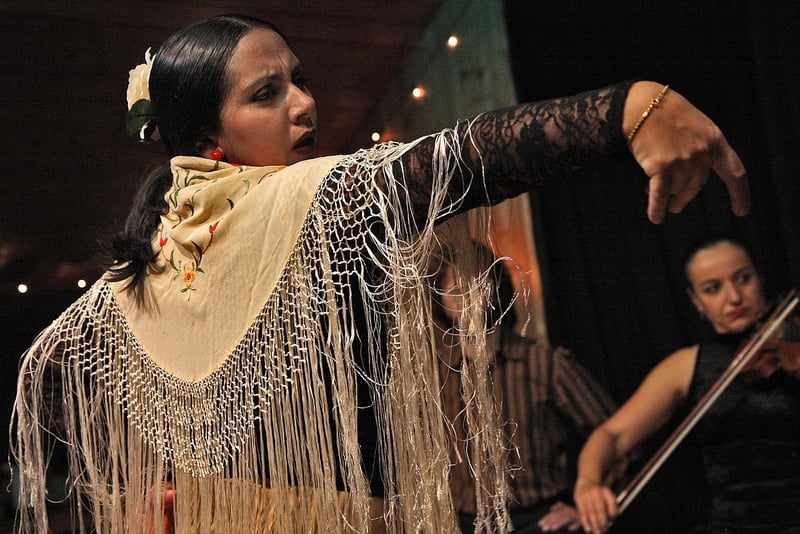Latin American Cuisine
Exploring Diverse Culinary Influences in Latin American Cuisine
Latin American cuisine is a vibrant tapestry woven from a rich history of diverse culinary influences. From indigenous ingredients to European, African, and Asian flavors, the food of Latin America reflects the unique cultural fusion that defines the region. Let's delve into the fascinating world of Latin American cuisine and discover the myriad of flavors that make it so special.
1. Indigenous Ingredients
The foundation of Latin American cuisine lies in the indigenous ingredients that have been cultivated for centuries. Staples like corn, beans, potatoes, tomatoes, avocados, and chili peppers form the backbone of many traditional dishes across the region. These ingredients not only provide sustenance but also impart distinct flavors and textures to the food.
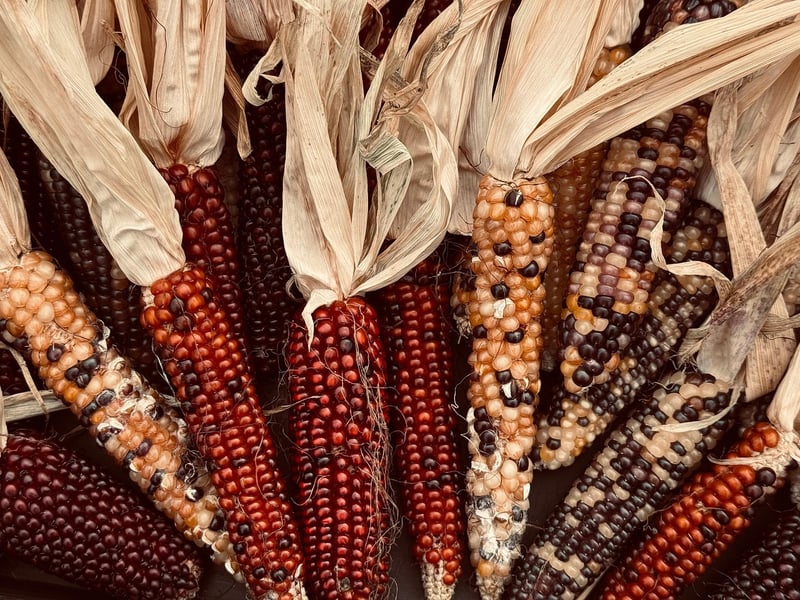
2. European Influences
The arrival of European colonizers brought a wave of new ingredients and cooking techniques to Latin America. Spanish, Portuguese, and Italian culinary traditions merged with local flavors to create dishes like paella, empanadas, and arroz con pollo. Ingredients such as wheat, rice, citrus fruits, and various herbs and spices added depth and complexity to the culinary landscape.
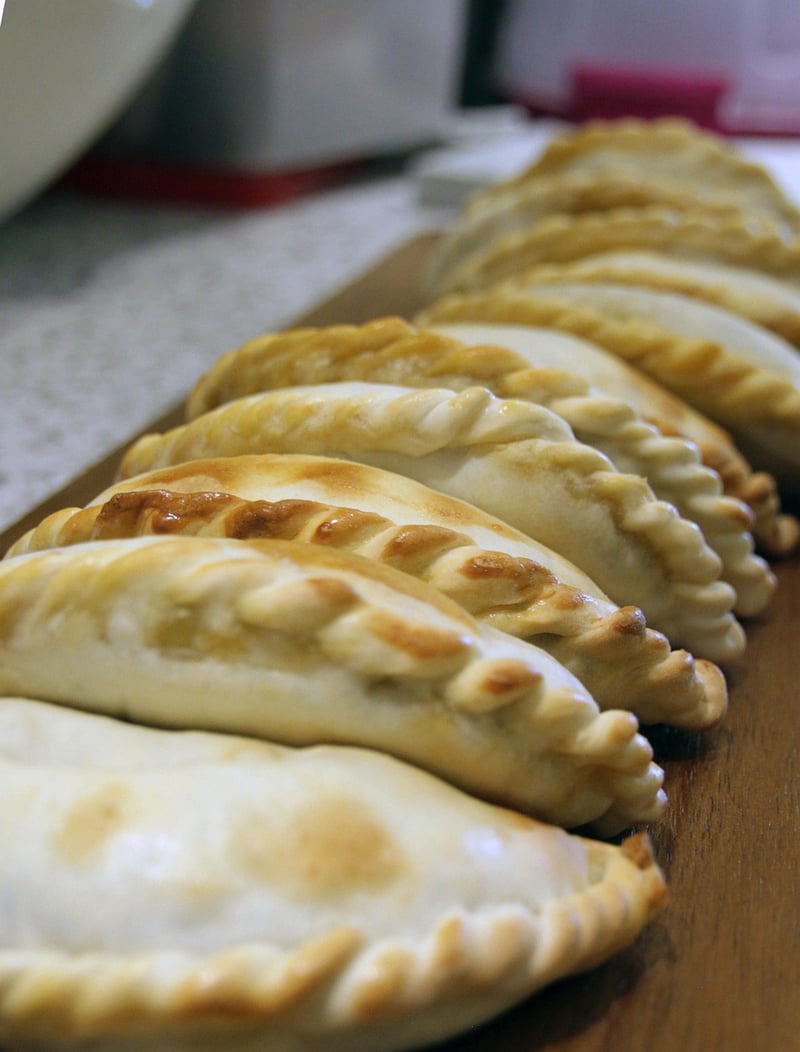
3. African Influences
The transatlantic slave trade introduced African ingredients and cooking methods to Latin America, further enriching the culinary heritage of the region. Dishes like moqueca, feijoada, and jerk chicken showcase the fusion of African flavors with indigenous and European elements. Ingredients like okra, plantains, yams, and various spices are integral to Afro-Latin cuisine.
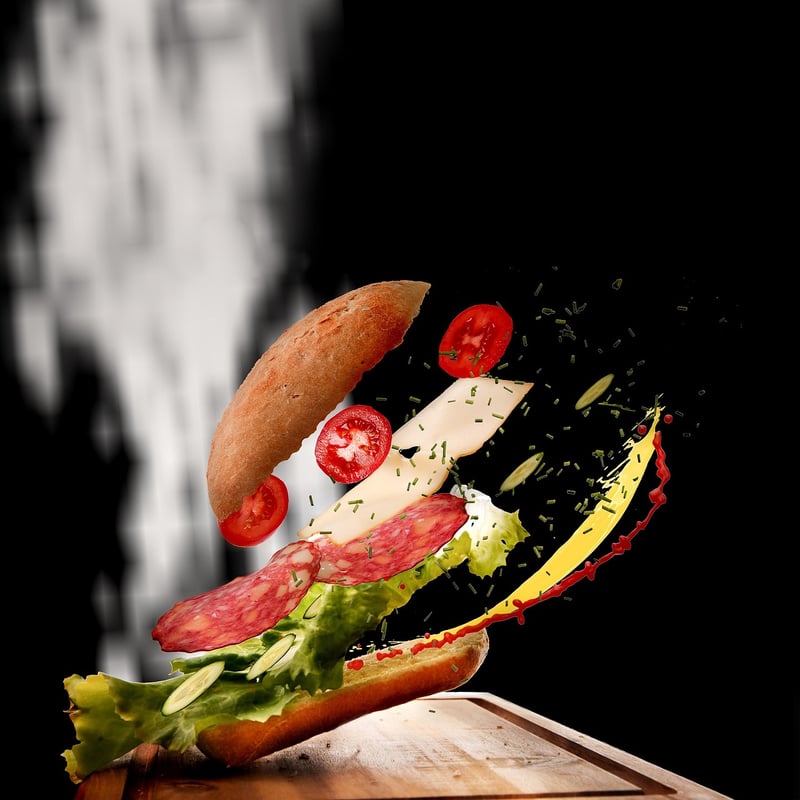
4. Asian Influences
Asian migration to Latin America, particularly to countries like Peru and Brazil, introduced ingredients like soy sauce, ginger, and noodles to the local culinary repertoire. Fusion dishes like nikkei cuisine, which blends Japanese and Peruvian flavors, exemplify the harmonious coexistence of diverse culinary traditions in Latin America.
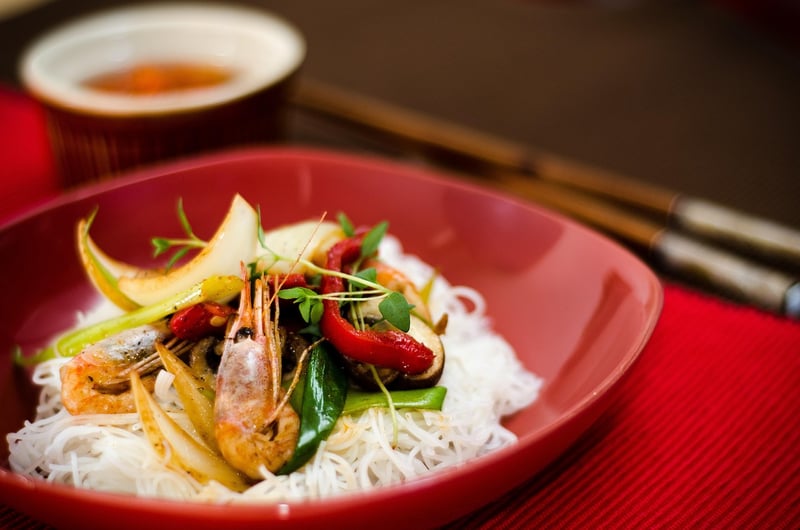
5. Fusion and Innovation
Today, Latin American chefs continue to push the boundaries of traditional cuisine, fusing global influences with local ingredients to create innovative dishes that celebrate the region's culinary diversity. From upscale restaurants to street food vendors, the spirit of creativity and experimentation is alive and thriving in Latin American kitchens.
Embark on a culinary journey through Latin America and savor the flavors of a region shaped by centuries of cultural exchange and gastronomic evolution.
References: Wikipedia - Latin American Cuisine
